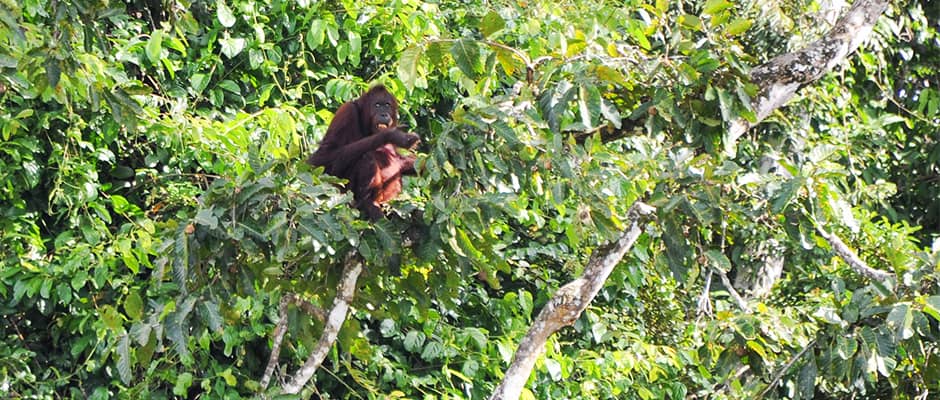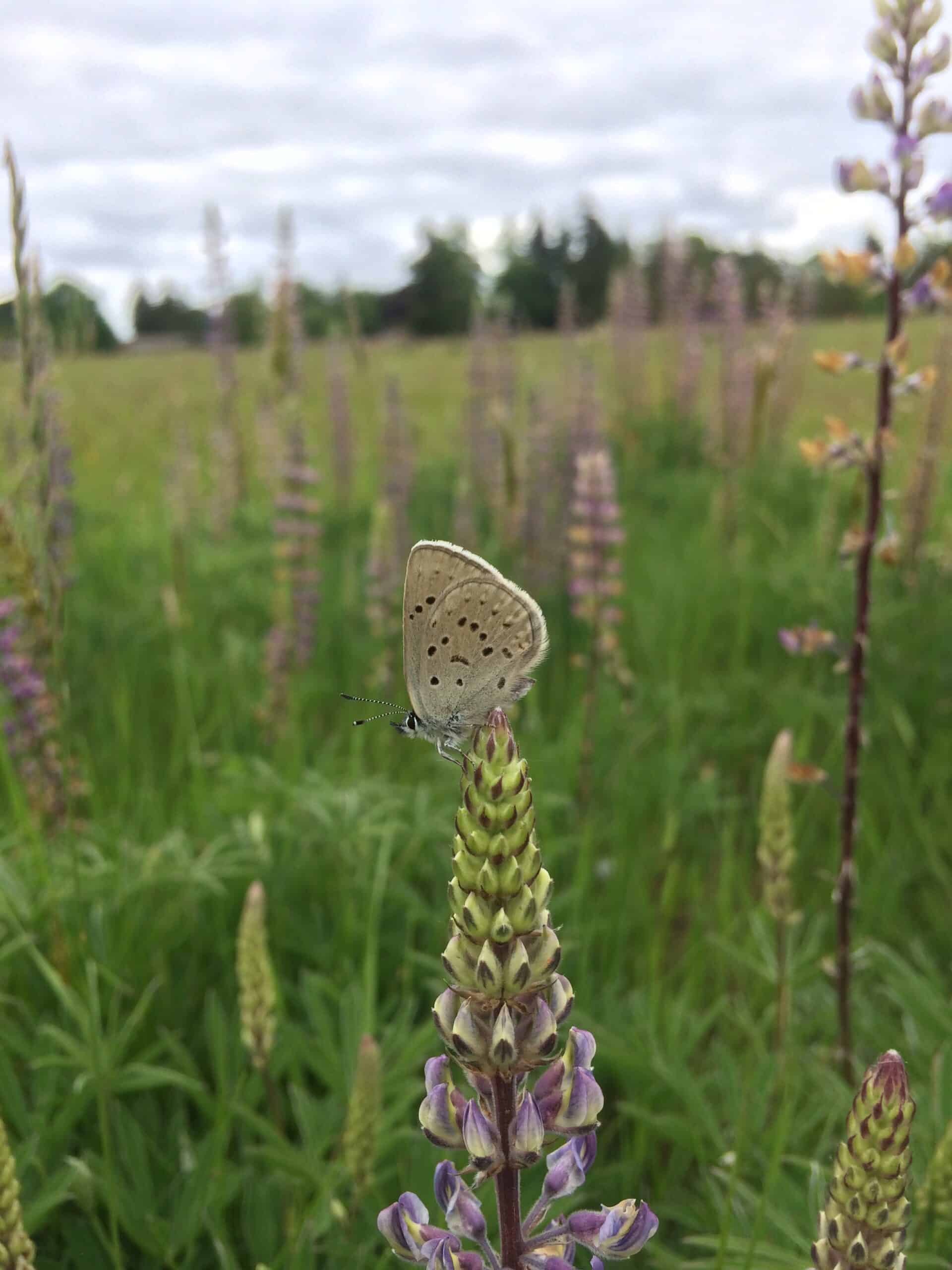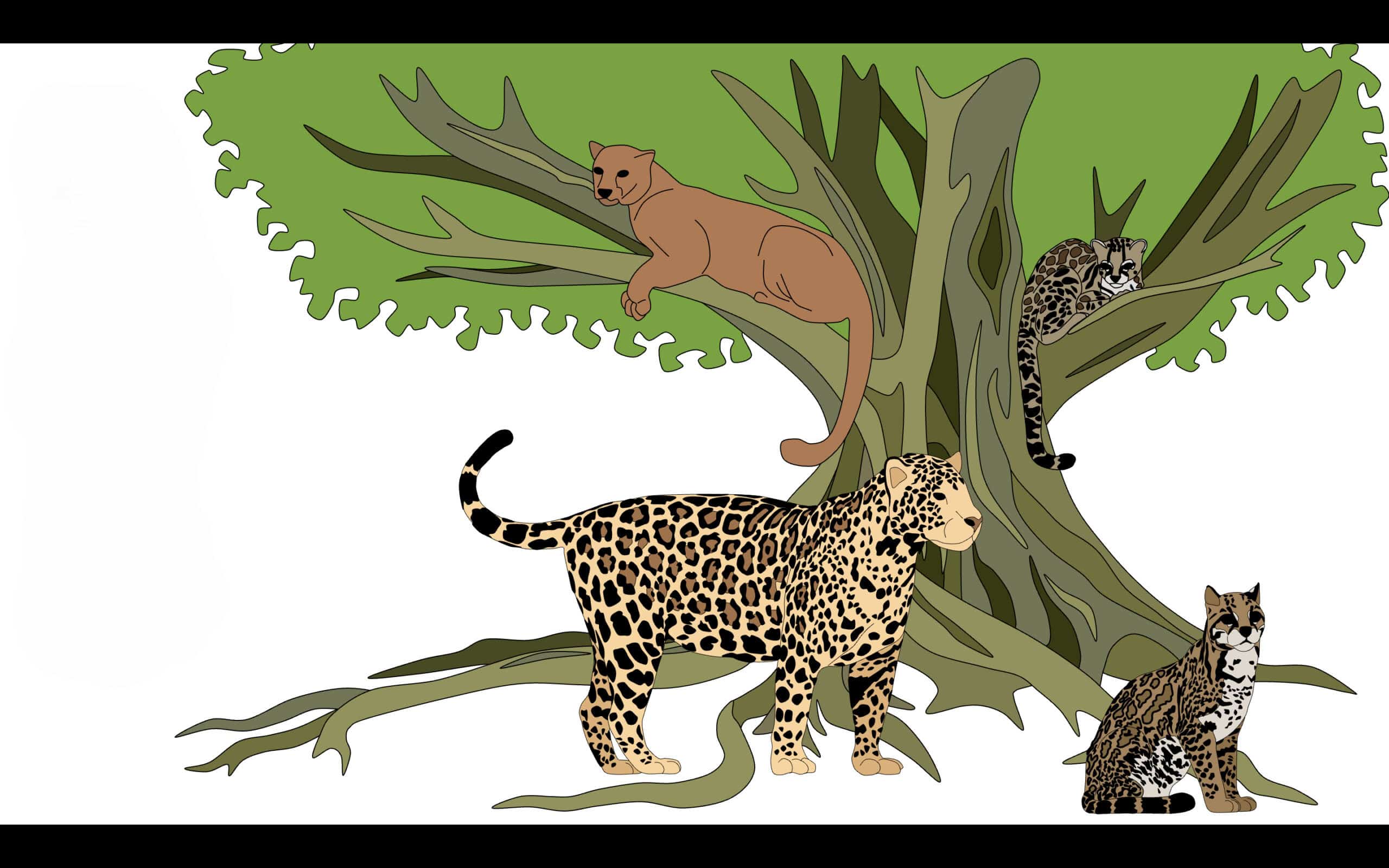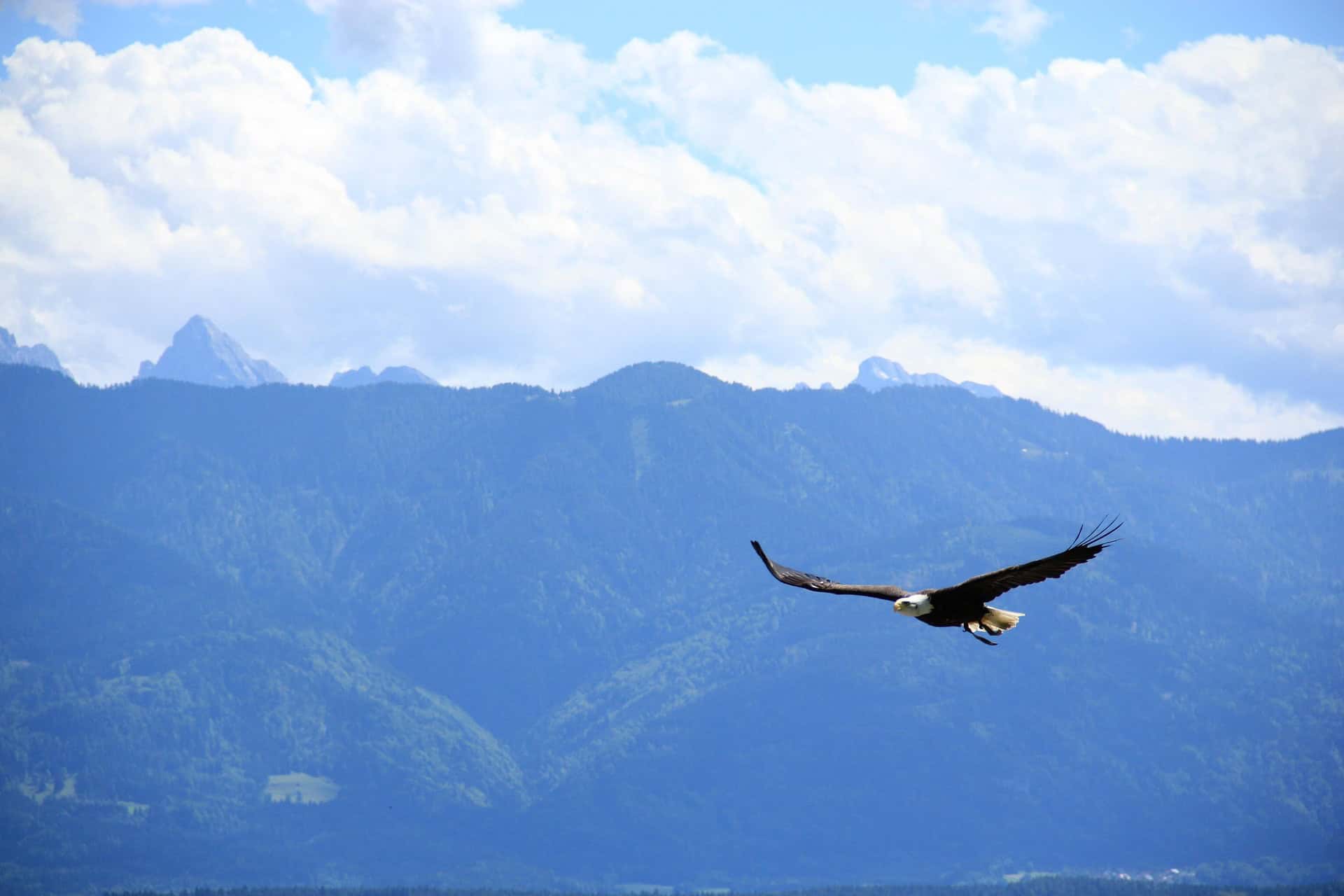Share this article
Shrinking Forests Can Devastate Wildlife
Forests have shrunk about three percent globally since 1990, which can have devastating effects on the world’s biodiversity in plants and animals, according to the UN’s Global Forest Resources Assessment (GFRA) 2015.
From 1990 to 2015, total forest area has declined from 4,128 million hectares to 3,999 million hectares according to the assessment, which involves an agreement of variables, definitions and standards between experts, followed by data collection and finally analysis and reporting about forest resources.
“Different countries have different approaches to gathering information on forest resources,” said Rodney Keenan, a professor in the School of Ecosystem and Forest Sciences at the University of Melbourne and a member of the advisory groups to the UNFAO Global Forest Resource Assessment since 2003. Keenan has helped provide expert advice on the design and conduct of the survey since 2003 and for the 2015 assessment he led to group of experts in analyzing and producing a paper on the dynamics of global forest area.
The assessment showed that tropical forests are subject to the greatest forest loss, and countries such as Brazil, Indonesia and parts of the Congo Basin in Africa have individually lost about 10 percent of their forests from 1990 to 2015. The greatest losses occur in these tropical areas, which are mostly poor, developing countries where people often clear forests to grow crops or graze cattle in order to feed a growing population, according to Keenan. They might also clear forests to produce food for export to developed countries. Fire, drought, disease and insect pests also play a role in forest loss.
Further, tropical forests that are getting hit the hardest are particularly rich in habitat for wildlife, according to Keenan. While tropical forests make up only 15 percent of land, it accounts for over 50 percent of terrestrial biodiversity. A loss of habitat in these areas could impact the number of iconic species such as orangutans, tigers and birds of paradise, he said.
Frogs Suffer From Habitat Loss
Frog populations in Borneo’s forests are also feeling the effects of habitat loss, according to a recent study published in Biotripica. In fact, due to loss of canopy cover, less than half of the primary forest frog species remain in oil palm plantations and young plantations with very low canopy cover retained only 20 percent of regional primary forest frog species. If forests continue to decrease and continue to be converted to plantations, the forest is expected to disappear completely by 2100.
“The impact we observed for stream frogs in Borneo was similar to that found previously for birds and mammals,” said Oliver Konopik, the lead author of the study in a press release. “The oil palm industrial monoculture is primary forest frog’s worst nightmare but could be mitigated in part by rigorously enforcing the creation of riparian buffer zones within plantations. Frogs play a central role in the forest food web and thus need to be protected.”
Keenan said that forest loss can be reduced by implementing and enforcing regulations in regards to converting forests to agriculture, using forest resources such as timber more sustainably and providing financial incentives such as carbon credits to help restore forests. “Promoting the value of forests and their role in providing services that are vital to human existence — for example food, clean water, climate regulation, medicines, recreation, soil protection and cultural benefits — can increase motivation to protect and better manage forests,” he said.
Keenan added that since the latest assessment shows that forest loss is highest in the poorest countries and reduced forest loss is correlated with improving economies, this means that supporting sustainable economic development can help reduce forest loss and can help increase forest cover. “We need to maintain and increase investment in forest assessment to ensure we have a good understanding of the state of our forests and the different benefits they provide to people and wildlife,” Keenan said.
Header Image: A wild female orangutan sits in a tree in Borneo.
Image Credit: Claudio Vandi, licensed by cc 2.0








